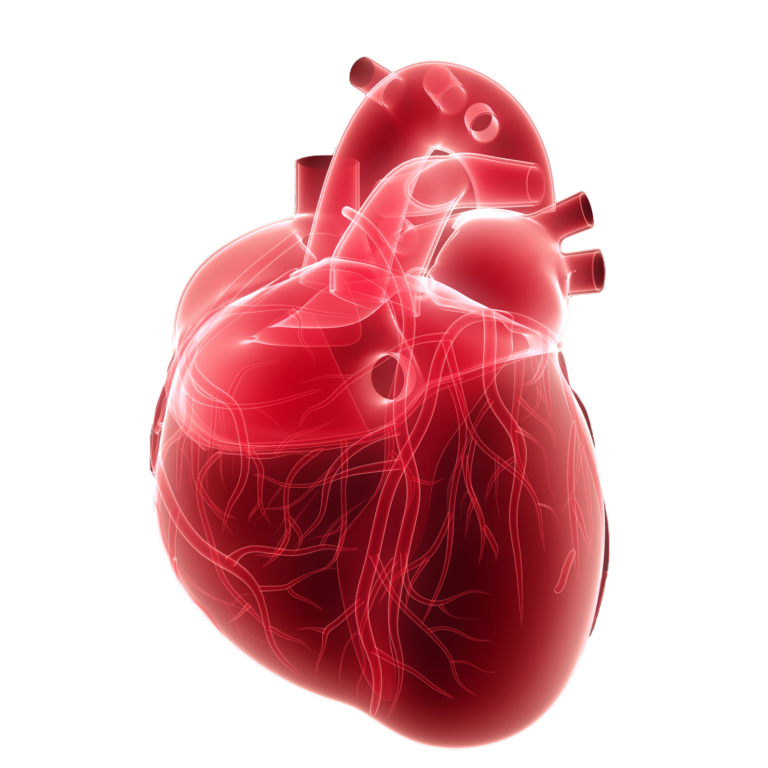CARDIOVASCULAR SYSTEM : Unlock the potential of cardiovascular system research
As a leading provider with expertise in the cardiovascular system and many other areas, Porsolt offers unparalleled capabilities and resources to propel your research forward. Our comprehensive range of services includes cardiovascular system models, precise cardiovascular disease models, including validated animal models and bioanalysis of cardiovascular conditions.
Recognizing the complexities inherent in cardiovascular research, Porsolt is equipped to address the challenges faced by researchers in evaluating the cardiovascular effects of their compounds. We provide an extensive selection of validated tests, designed for the precise assessment of key cardiovascular parameters. Our proficiency in cardiovascular histology and bioanalysis is particularly notable, enabling the meticulous examination of tissue samples. This facilitates the accurate identification of cellular anomalies and the detailed evaluation of disease markers.
Our team, comprising skilled scientists, researchers, and technicians, engages in close collaboration with clients to develop customized solutions that align with their specific research objectives. Utilizing state-of-the-art technologies, advanced methodologies, and stringent quality control protocols, we are committed to delivering reliable, reproducible results in the field of cardiovascular research.
SCROLL

CARDIOVASCULAR SYSTEM DISEASE

Arrhythmias & Cardiac Toxicity
Arrhythmias & Cardiac Toxicity, as part of the cardiovascular system, encompass abnormal heart rhythms affecting blood pumping and heart muscle damage caused by toxins or medications, which results in impaired heart function.
| Digoxin-induced ventricular arrhythmias (anesthetized animals) | Guinea-pig |
| Torsades de Pointes arrhythmias (modified Carlsson model) | Rabbit |

Automatic Nervous System
The Autonomic Nervous System (ANS) regulates cardiovascular functions, including heart rate and blood pressure. The combination of our preclinical models, bioanalysis and histology capabilities, aids in gaining a better understanding of cardiovascular diseases.
| Postural hypotension (anesthetized animals) | Rat |
| Postural hypotension (telemetry) | Rat |

Cardiac Activity Recording
Cardiac Activity Recording, within the realm of the cardiovascular system, refers to the process of capturing and analyzing the electrical signals and mechanical activity of the heart. This technique allows researchers to study heart function, evaluate abnormalities, and gain insights into cardiovascular health.
| Calcium assay | iPSC-derived cardiomyocytes: iCell2® |
| hCav1.2 channel | HEK 293 cells |
| hERG channel | HEK 293 cells |
| hERG trafficking | HEK 293 cells |
| hKir2.1 channel | HEK 293 cells |
| hKir2.1 trafficking | HEK 293 cells |
| hNav1.5 channel | HEK 293 cells |
| Inositol triphosphate receptor channel function | H9C2 cells |
| MEA assay | iPSC-derived cardiomyocytes |
| Papillary muscle | Guinea-pig |
| Purkinje fiber | Rabbit – Dog |
| Spontaneously beating right atrium | Guinea-pig – Rabbit |
| Stimulated left atrium | Guinea-pig – Rabbit |

Hemodynamics
Hemodynamics, within the context of the cardiovascular system, refers to the study of blood flow dynamics within the cardiovascular system. It focuses on the forces and pressures involved in the circulation of blood, including factors such as blood pressure, flow rate, and vascular resistance.
ANESTHETIZED ANIMALS
| Arterial blood pressure, heart rate and ECG | Rat – Guinea-pig |
| Bezold - Jarish reflex (capsaicin or 5-HT) | Rat - Rabbit |
| Regional blood flow | Rat |
| Systemic, cardiac, renal and pulmonary hemodynamics | Dog – Mini-pig |
| Systemic and cardiac hemodynamics(cardiac denervated animal) | Dog |
CONCIOUS ANIMALS (TELEMETRY)
| Arterial blood pressure, heart rate ± ECG | Mouse – Rat – Dog - Guinea-pig – Mini-pig |
| Left ventricular pressure, heart rate ± ECG | Rat – Dog |
| Pulmonary arterial blood pressure, heart rate and ECG | Dog |
| Right ventricular pressure and heart rate | Rat |

Hypertension
Hypertension, as part of the cardiovascular system, refers to a chronic medical condition characterized by high blood pressure. It involves increased force against arterial walls, leading to potential damage to blood vessels and organs.
| Endothelial cell activation/Drug-Induced Vascular Injury | HUVECs |
| 5/6 nephrectomy | rat |
| Arterial blood pressure and heart rate | SH Rat |
| Arterial blood pressure and heart rate (telemetry) | SH rat |
| Bile duct ligation-induced portal vein hypertension (telemetry) | Rat |
| Chronic (2K1C) Goldblatt hypertension (high renin model) | Rat |
| Chronic DOCA - salt hypertension(low renin model) | Rat |
| Monocrotaline-induced pulmonary hypertension (anesthetized animals) | Rat |
| Monocrotaline-induced pulmonary hypertension (telemetry) | Rat |

Isolated Vascular Beds
Isolated vascular beds refer to segments of blood vessels that can be separated and studied independently. They allow researchers to examine vascular responses, contractility, and other functional properties, providing insights into cardiovascular physiology and pathology.
| Isolated mesenteric artery | Dog |
| Isolated saphenous vein | Rabbit – Dog |
| Isolated thoracic aorta | Rat – Rabbit |
By partnering with us, you gain access to a competent research lab equipped with the tools and knowledge to advance your cardiovascular research initiatives. Our deep understanding of the cardiovascular system enables us to uncover crucial insights into cardiovascular diseases, facilitating the development of innovative preclinical therapeutic areas and diagnostic approaches.
Contact us today to explore how our expertise in the cardiovascular system , our models, and comprehensive list of capabilities can accelerate your research and contribute to improving patient outcomes
Porsolt
Z.A. de Glatigné
53940 Le Genest-Saint-Isle, France
Telephone +33 2 43 69 36 07
Legal Notice
Any questions or concerns ?
CONTACT US


